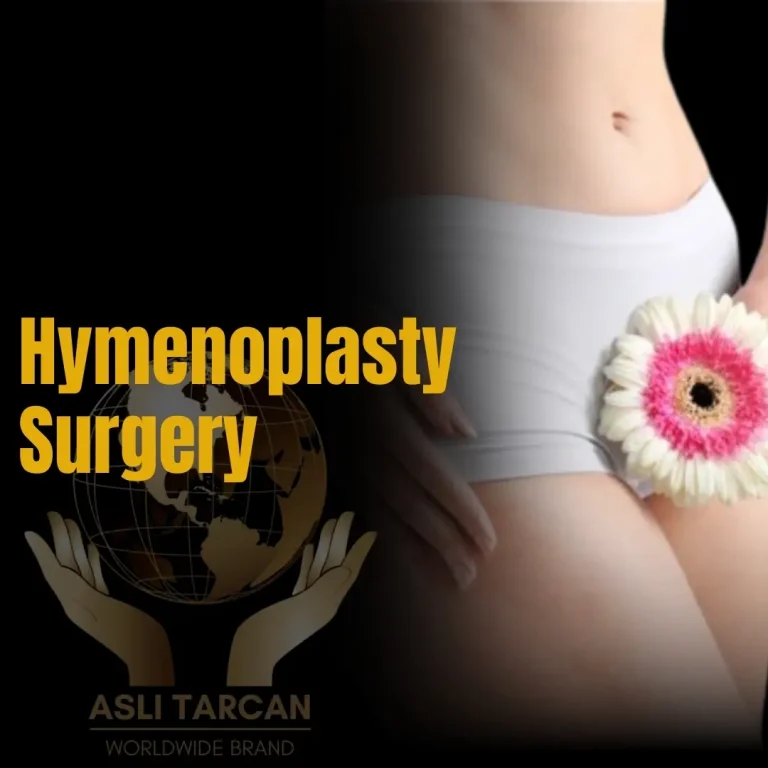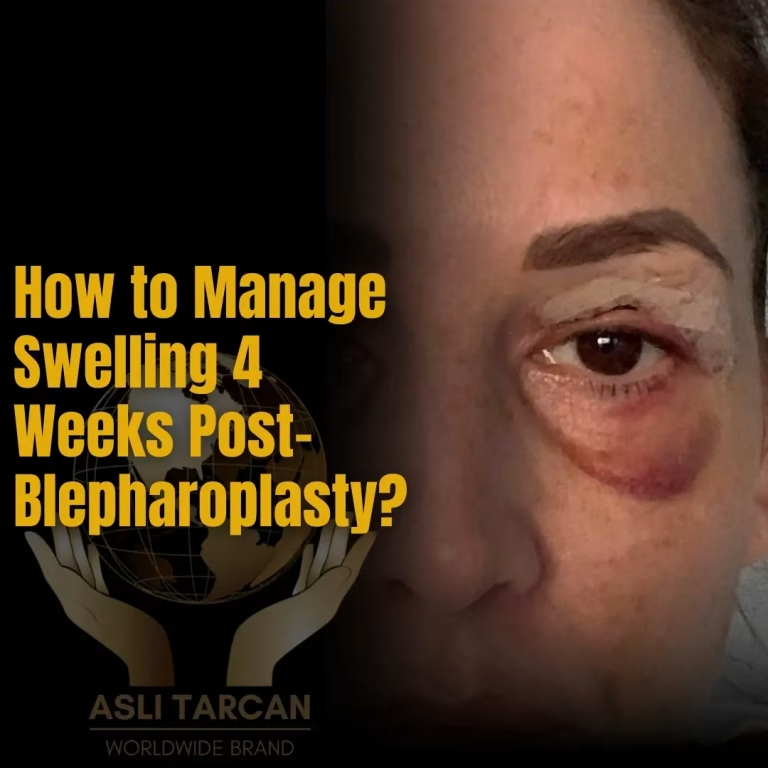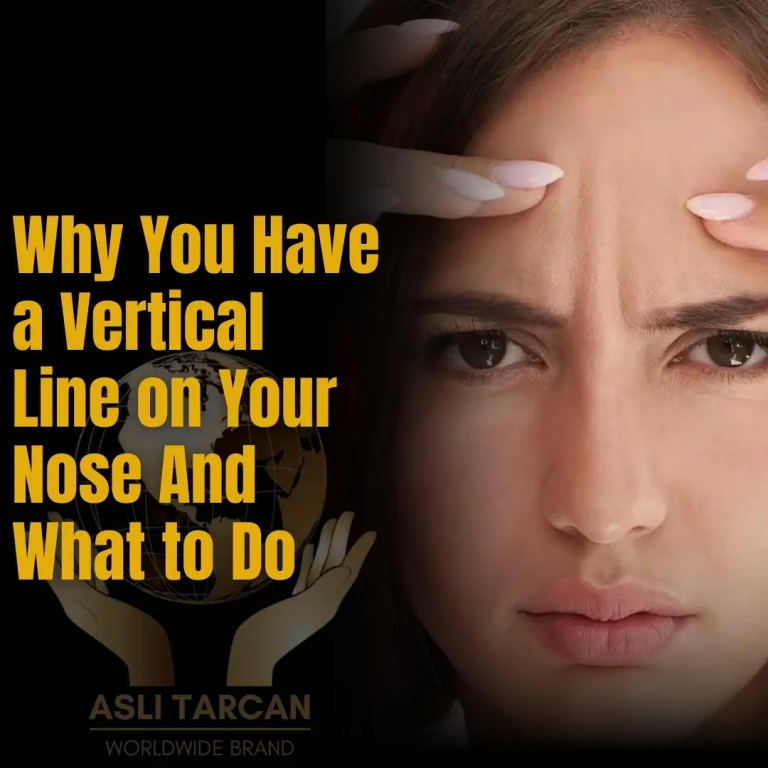Rhinophyma Nose: How Rosacea Can Lead to Nose Enlargement
Rhinophyma nose is a skin condition, also known as Phymatous Rosacea, where your nose looks bumpy, bulbous, and swollen. It also looks red, and its skin surface becomes uneven and bumpy, which makes the nose look noticeable and doesn’t perfectly blend with your facial features.
The main cause of this condition is the late-stage manifestation of rosacea, which is a skin disorder that makes the skin look red and purple.
Luckily, there are surgical and non-surgical treatments available for the rhinophyma nose. Let’s talk about the causes of the rhinophyma, how it starts, and the available treatments for it.

What’s Rhinophyma Nose?
Rhinophyma nose is a skin condition that makes your nose grow larger, bumpy, and have a bulb-like appearance, especially at the tip. The condition usually affects only the tip but can spread to the sides and the top skin as well.
The main cause of this condition is rosacea, which is a skin condition that is also known as phymatous rosacea. It’s a long-term skin condition that causes redness, flushing, and visible veins.
The causes of rosacea are unknown, but they include extra connective tissue and too much growth of sebaceous (oil) glands.
See Also: Male vs Female Nose
Symptoms Of Phymatous Rosacea
These are the most common symptoms of the red nose:

- The nose looks shiny or yellow
- The nose looks puffy and round
- Small veins appear
- Skin feels uneven
- The nose looks red or purple
- The Nose looks reddish
How Does Rhinophyma Nose Start?
The rhinophyma is a progressive disease that takes up to a year to show up and change the shape of your nose and the tip. According to studies, the rhinophyma starts as a pre-rosacea when the only symptom it shows is facial flushing. Then, the condition advances to vascular rosacea with swollen blood vessels and redness.
The second phase of it is acne rosacea, which causes inflammatory breakouts on your face. The last phase is rosacea, which is the late manifestation of it that causes Phymatous rosacea, including the red nose, bulbous shape, and also the too large nasal structure.
Different Types Of Rhinophyma Nose
The rhinophyma has 4 main types, which include:

- Glandular: Nose skin thickens from enlarged oil glands
- Fibroangiomatous: Tissue overgrows with large veins and swelling
- Actinic: Extra elastic fibres form in the skin
- Fibrous: Too many connective tissue cells build up

When Does Rhinophyma Nose Show Up?
Rhinophyma is a progressive condition that isn’t visible in people aged 20 to 30 years old. It usually develops and is diagnosed in people who are older than 50 years. The rosacea takes decades to mature and show its progress.
See Also: Nose Job for Thick Skin
Treatments for Rhinophyma
You can correct the rhinophyma nose with surgical and non-surgical treatments. The treatments you need depend on the severity of your case.

Non-Surgical Treatments
If you want to treat rhinophyma without surgery, then you can consider medicines that have been proven to work for this disease. That includes topical metronidazole (Metrocream), which reduces skin inflammation by blocking the reactive oxygen species.
The second one is the isotretinoin that shrinks oil glands and lowers the oil production, gradually correcting the bulbous nose. Remember, you must stop taking the isotretinoin before you undergo surgery to avoid complications.
Surgical Treatments
Besides the non-surgical treatments, there are surgical treatments available for rhinophyma.
- Laser Use uses a laser to seal the wound and precisely reshape the nose’s surface
- Dermaplaning gently removes the damaged outer skin layers without deep cutting to prepare for the next steps
- Debulking cuts away thickened skin with curved scissors and sends suspicious tissue to the lab for cancer testing.
- Electrocautery applies heat to destroy affected tissue and seal blood vessels to prevent bleeding.
- Dermabrasion uses a motorized tool to smooth and resurface the skin for better treatment results.
See Also: Types of Nose Jobs

Diagnosis Of Rhinophyma
When you visit a healthcare provider or a doctor, they do a comprehensive assessment of your condition. They check if you’re having a rhinophyma. When the signs of the rhinophyma nose are found, further tests are done to confirm it.
The doctor may take a sample of your skin to send it to the lab for biopsy. The biopsy is needed especially when the treatments haven’t been working for the disorder.
When the rhinophyma is confirmed, the doctor sits with you and discusses the treatment options. If the stage is early, they recommend some medications that help you treat the bulbous and the red nose without any surgery. If it has been advanced, then they may suggest a surgical treatment as well.

Asli Tarcan Clinic: Treat Your Rhinophyma Safely
Rhinophyma is a condition in which your nose looks bulbous, swollen, and bumpy with a rough surface. The condition usually occurs due to the rosacea skin disorder, usually in people 50 years old or older, not in adults. The symptoms of the rhinophyma are a reddish, bulbous, swollen, and bumpy nose with some veins appearing on it.
There are non-surgical treatments available for it, such as metronidazole and isotretinoin medicines that help to cure this disorder. Furthermore, there are surgical treatments available for it as well, such as dermabrasion, dermaplaning, debulking, electrocautery, and laser use.
If you need rhinoplasty to correct your rhinophyma nose that is bulbous, enlarged, or looks reddish, then contact Asli Tarcan Clinic. Our board-certified surgeons will reshape your nose and fix its deformity using personalized techniques. Contact us today.

This article is medically reviewed by Prof. Dr. Umit Taskin (E.N.T. Surgeon)
See Our Doctors & Surgeons
What does early rhinophyma look like?
Mild swelling, reddish or shiny nose with veins appearing, and also thickened skin on the nasal tip show that you have rhinophyma.
What is another name for rhinophyma?
The rhinophyma nose is also known as the Phymatous rosacea, which is its second name.
Is rhinophyma caused by alcohol?
No, it’s not caused by alcohol, but alcohol can worsen the existing symptoms of it.






